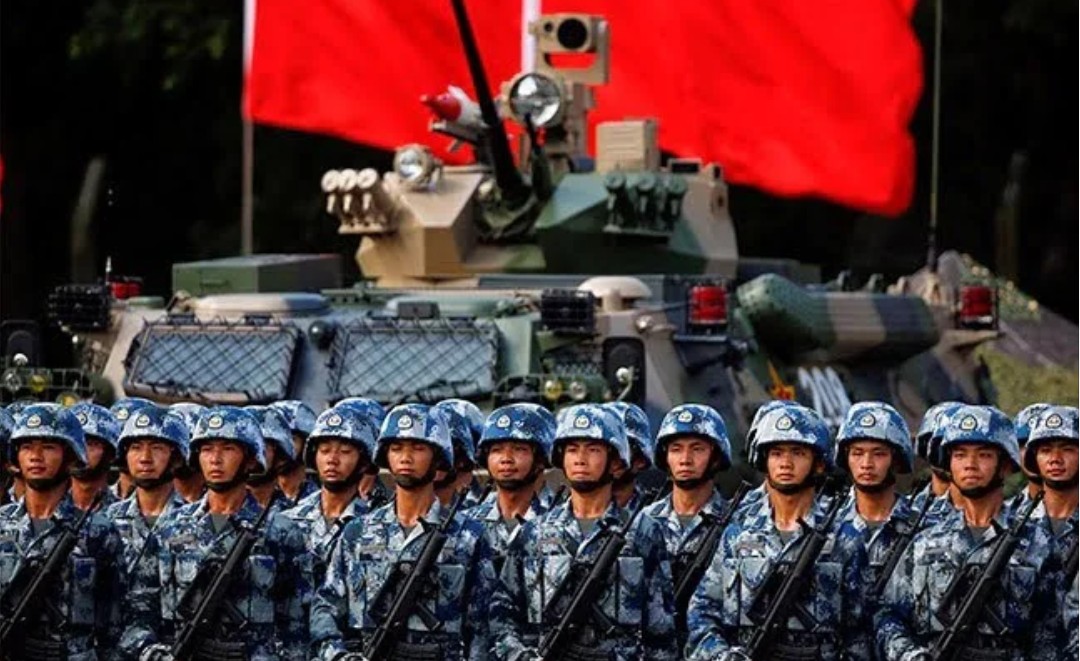With five flag meetings between Indian and Chinese army failing to resolve the crisis over the latest PLA incursion into Ladakh’s Galwan Valley, the situation continues to remain “tense”.
Military sources told Eastern Link the “PLA intruders are now constructing an observation post” in the same location where they have set up several tents.
The sources said that the joint patrolling team of the army and the Indo-Tibetan Border Police (ITBP) were “completely overwhelmed when an unusually large body of PLA troops, eight times the usual size of a battalion (about 1,000 combat men) took over points nearthe Pangong Lake in the Galwan Valley” of Ladakh.
Easternlink has veried the information from two different sources in the Army and ITBP.
“Their numbers were huge and we could not figure out that their intention would beto grab land,” the sources said, adding that “this stand-off may continue far longerthan what happened at Doklam in 2017.
Meanwhile, reliable sources in Sikkim have told Eastern Link that since the 2017 incursion of the PLA into Doklam, close to the Sikkim-Tibet-Bhutan trijunction, the PLA has constructed overground and underground bunkers “which weren’t there earlier”, besides completing the half-laid road leading close to the Indian side of the border.
Confirmation of this was not yet available from military sources but attested to by graziers and local Bhutanese villagers.
Disclosing that both the army and ITBP have QRTs (quick reaction teams) in and around the Galwan Valley, the sources said that “whenever the PLA patrols neared our side of the border, we would show them flags and they would retreat”. In fact, the Galwan Valley area, including the Pangong Lake, was never a flashpoint in the past, especially in the last 10 years.
The border in this area of Ladakh is mutually agreed upon and ratied with previous history of conflict or clashes, the sources claimed.
An Indian Air Force (IAF) ‘Advanced Landing Ground’ (ALG) at Chushul is barely 6 kms from the flashpoint zone, sources said, available for use for heavy airlift transport like C-130 transport planes but not fighters. Recalling a minor clash between ITBP troops and PLA men sometime in 2012, defence sources said that “that happened in some other axis in Leh”.
The ITBP, with six to seven battalions in Leh and the troops from the army’s 14 Corps, would jointly patrol the Pangong Lake even when it would be frozen during the winters. “The ITBP used boats to patrol the lake when the ice melted,” the sources said, adding that the current point of the stand-off is located at an altitude of over 14,000 feet. “It is largely barren, though this is the time when tourists from India start visiting Pangong Lake,” the sources said.
Revealing that some army and ITBP jawans were badly injured when they were beaten up by the Chinese soldiers, the defence sources said that the clash that preceded the “forcible setting up of tents and the construction of an observation post” was the result of “very aggressive action” by the PLA troops.
Sources admit that the PLA soldiers did “capture” Indian army and ITBP troops before causing them physical injuries and subsequently releasing them the same day.
The Indian and Chinese soldiers are now separated by 500-600 metres of barren land and the former have also set up tents since the incursion, the sources said. The army top brass and the national security bureaucracy are now wondering whether the PLA incursion is a precursor to a larger tactical and strategic move, close to the Nepalese move to cock a snook at India over the disputed border.
Source: THE EASTERN LINK | THE QUINT

